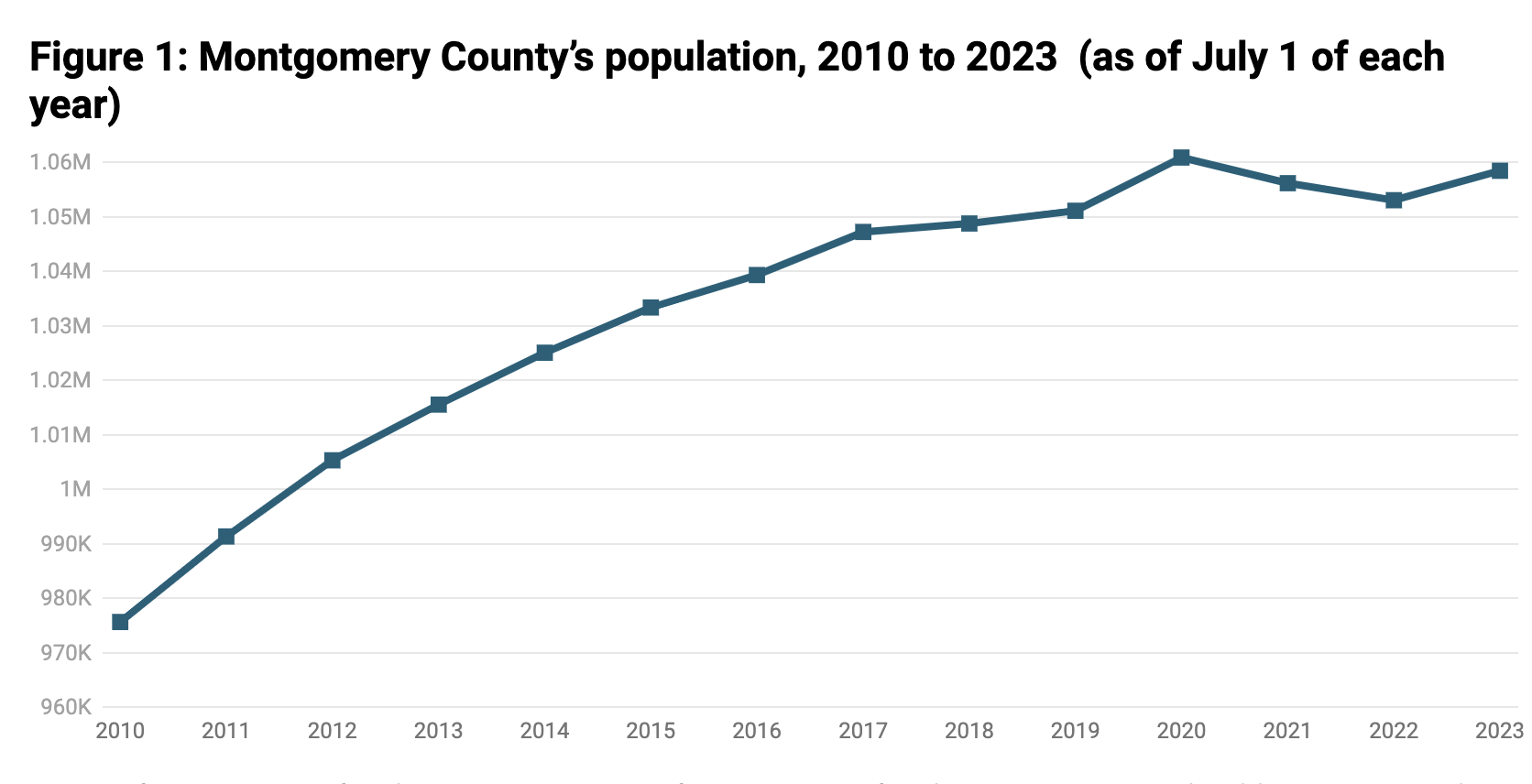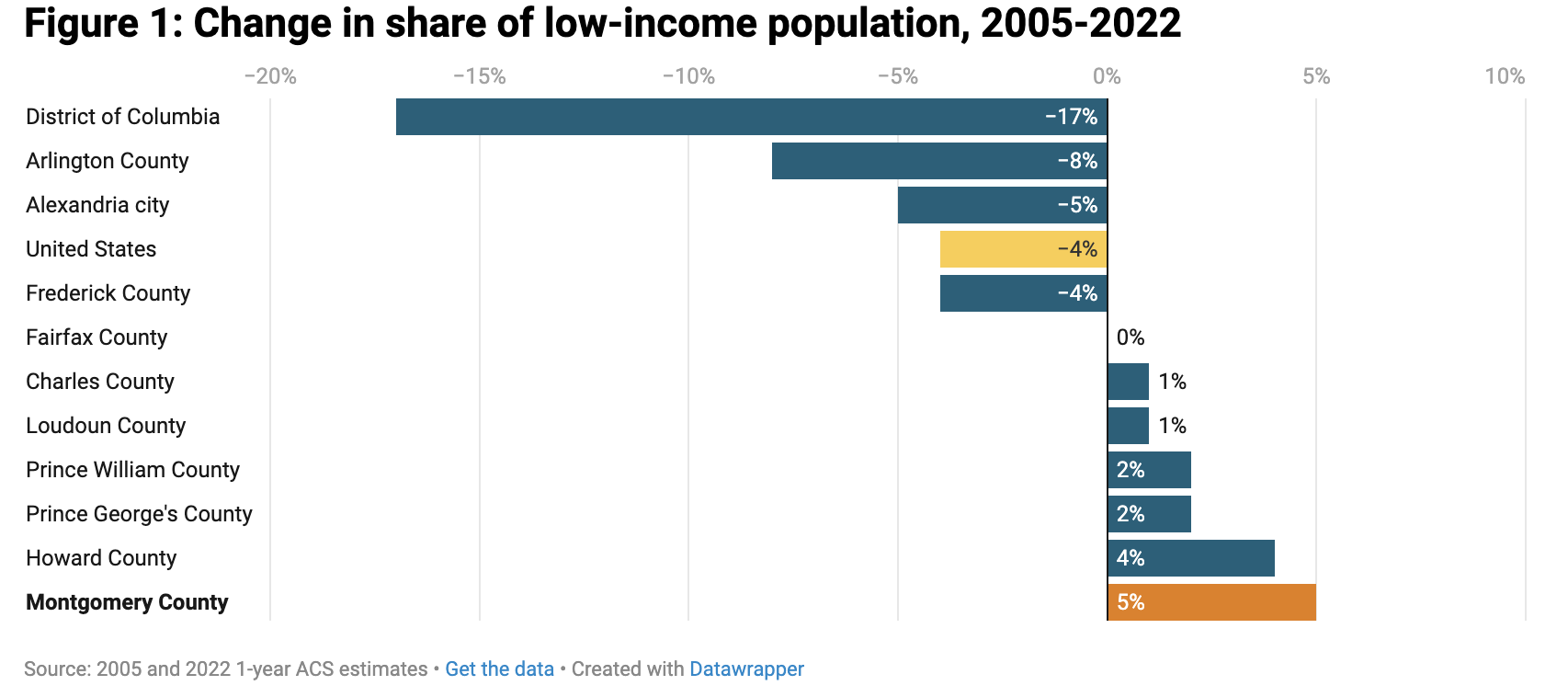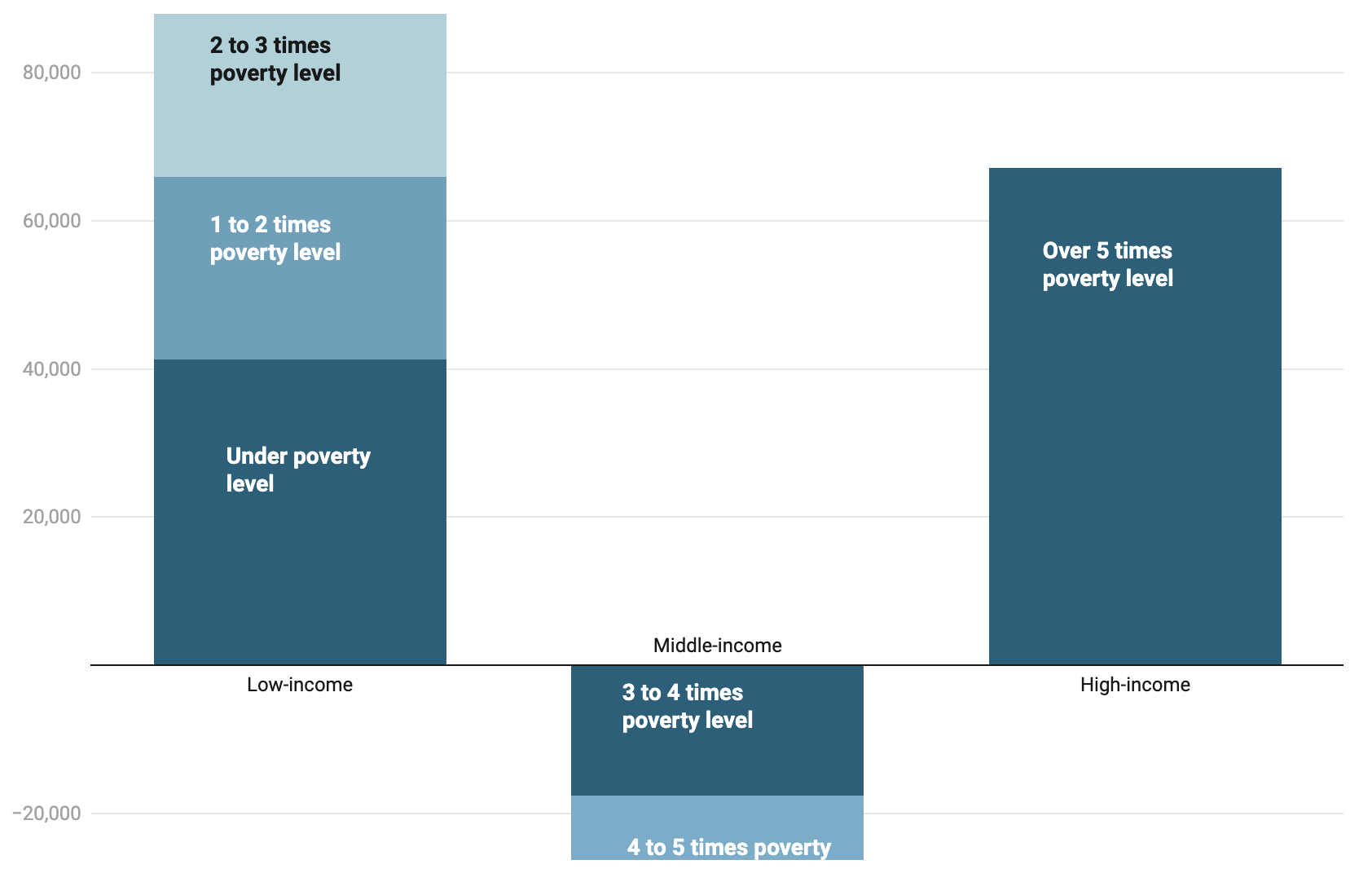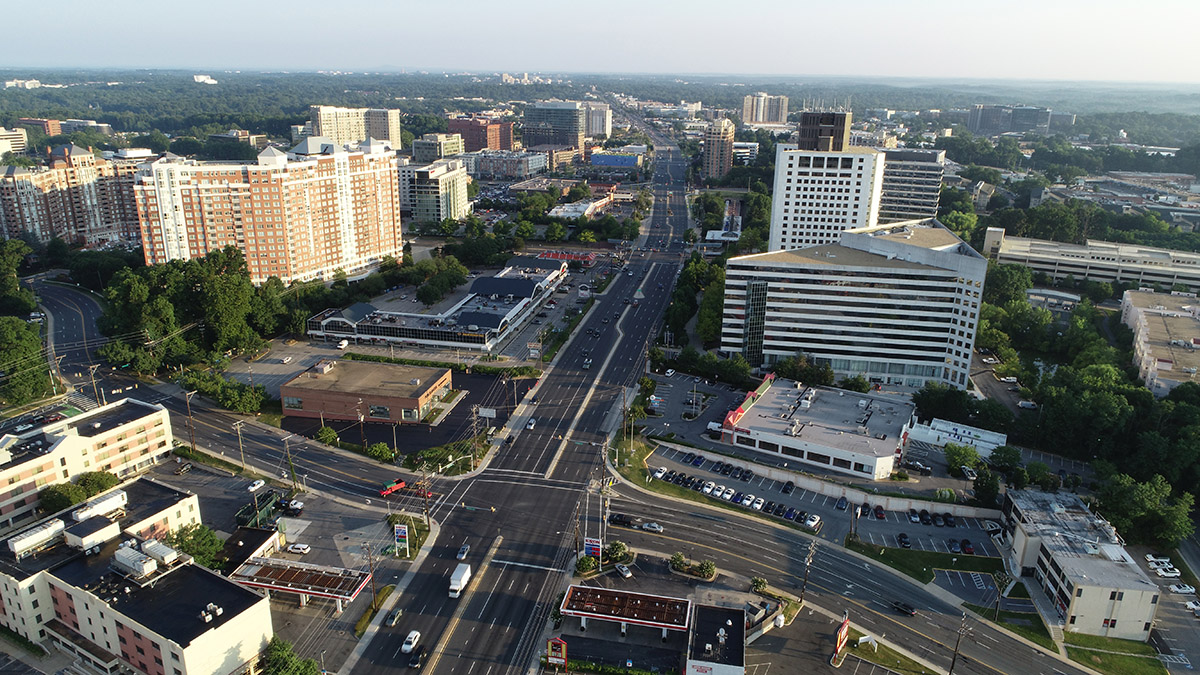
Montgomery Planning’s Research and Strategic Projects Division tracks population trends to help planners and public officials plan the county’s future and determine how we can best create attractive communities and remain economically competitive in the Washington, DC region and beyond. In Part 1 of this blog series, we explained the latest U.S. Census Bureau estimates showing how Montgomery County’s population has started to rebound from the losses it experienced from COVID-19 pandemic. In this follow-up analysis, we can see how it has fared compared with the rest of the region.
Overview of our analysis
Census data estimates show Montgomery County lost fewer people to other areas of the United States during the COVID-19 pandemic and has begun recovering … Continue reading





